Swimming is a crucial skill to have. Although it may seem simple at first, it is not the case! There are different swim styles. Do you know them all?
Swimming has been practiced for thousands of years, though it wasn’t as codified as it is today. That’s right, we’ve developed this nautical sport, which was previously used as a means of crossing bodies of water… So a displacement of man on water.
Swimming is a beautiful sport with both physical and mental virtues. It can be practiced to gain a skill, for competitions, or simply for fun as a water sport.
What if you tried this sport out? Would you understand everything your coach told you? After surfing for dummies and water skiing for dummies, here is swimming for dummies. Find out about common vocabulary used in swimming.

The lexicon
A
Aerobic swimming = swimming at a slower pace over long distances.
Anaerobic swimming = swimming at a fast pace over short distances.
B
BK = the backstroke is one of the four main swimming strokes which makes you lie on your back. In order to move, you need to kick your legs while turning your arms one after the other.
BR = the breaststroke is one of the four main swimming strokes that all beginners start with. It requires symmetry to move. You must first extend your arms and legs, then bring your arms back. The movement is very frog-like.
Build = gradually swimming faster towards the end of the set.
C
Coach = the term that designates the instructor.
E
Educational exercise = they are exercises which focus on a specific movement.
F
Flip turn = term used for the roll that swimmers do once they’ve arrived at the wall to set off again. It is performed underwater.
Flipper= this swim gear allows you to stretch your feet out and move quicker.
Flipping = or aqua palming, is a discipline which consists of swimming with flippers on.
Floating line = it is composed of small colorful buoys. It stretches out between both ends of the pool and separates the different swim lanes.
FL/FLY= fly stroke, one of the four main strokes, notoriously difficult. The movements of the arms and legs are synchronized.
FR = freestyling, one of the four main strokes. It’s the fastest and is the most common one practiced during competitions. It consists of kicking your feet while your arms turn. It is similar to the backstroke, although you are lying on your stomach.
Freestyle swimming competition = is a category of swim competition. Any choice of stroke is allowed, although there are some rules: you must touch the wall at the end of every lap and part of your body must emerge from the water during the race. Oftentimes, freestyling is used as it is the fastest stroke.
Freestyle/backstroke by 50 = this means that for 50m you will practice freestyle, and for the next 50m you will practice the backstroke, then 50m freestyle, etc.
I
I’m at n° _ = followed by a number, which means that the swimmer is in lane n°_.
L
Long course meters (LCM) = also called an Olympic pool, meaning a 50m long pool.
O
On the top = used by coaches to inform that the swimmer will leave at x:00. Clocks in pools have arrows of 4 different colors: yellow, black, green and red. They are 15 seconds apart from each other and displayed in the shape of a cross. They allow you to see your time in seconds.
P
Platform = a platform at the edge of the pool from which the swimmer will dive from at the start of a trial.
R
Recovery = in this sport, recovery is not passive. During the recovery, swimmers often practice the backstroke.
S
Set = this term is commonly used during training. The coach elaborates the session and gives the distance and type of stroke to swim.
Short course meters (SCM) = the opposite of a long course. The pool is 25m long.
Start x minutes/seconds = this represents the amount of time that you dispose of to start, finish, and recover.
T
Taper = decreasing practice in the days leading up to a competition to rest.
W
Whole-stroke swimming = any of the four main strokes, without any gear used, like flippers for instance. Whole-stroke swimming is often mentioned during training.
No more excuses now! Get started with your first swimming lessons!



